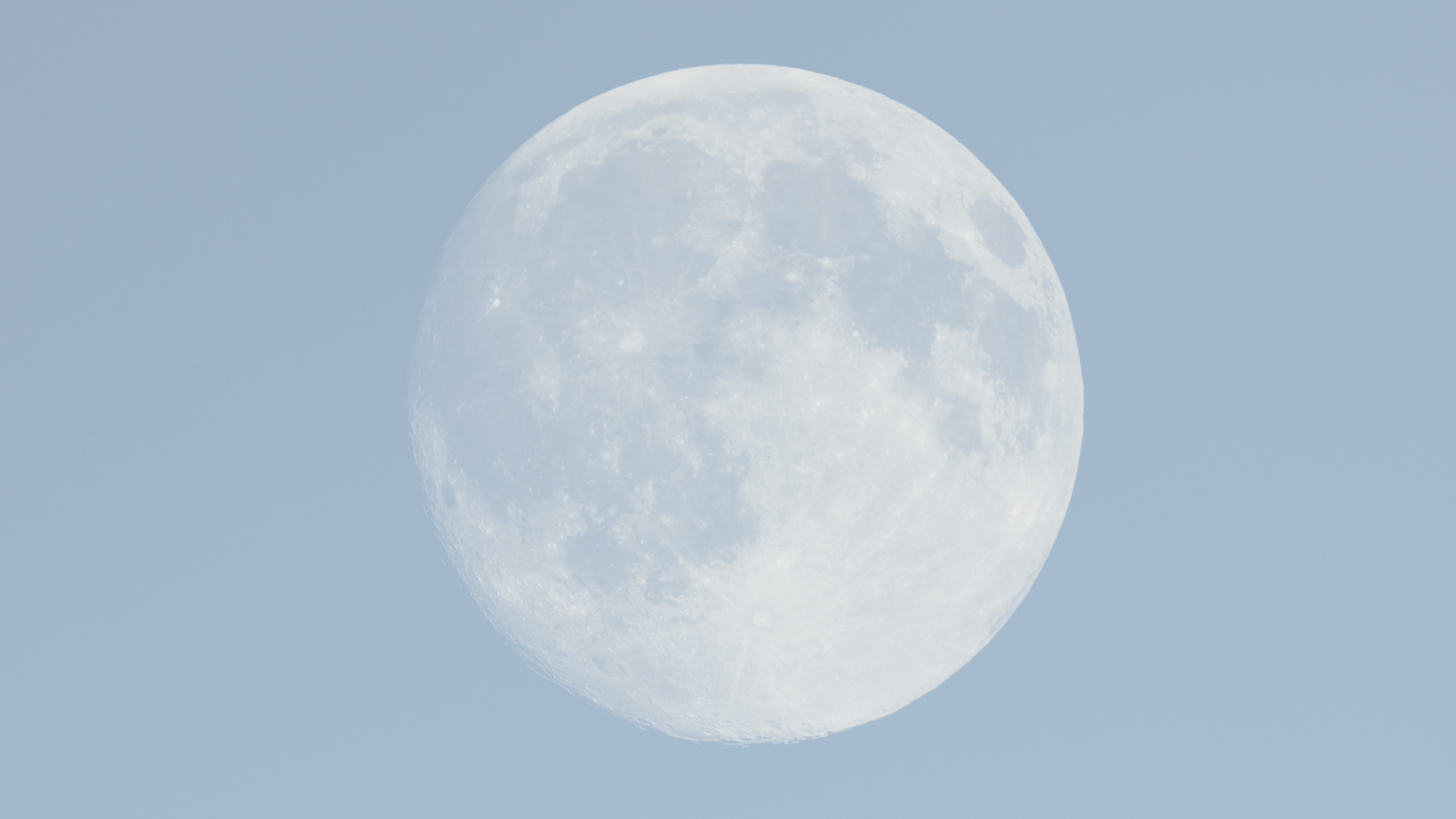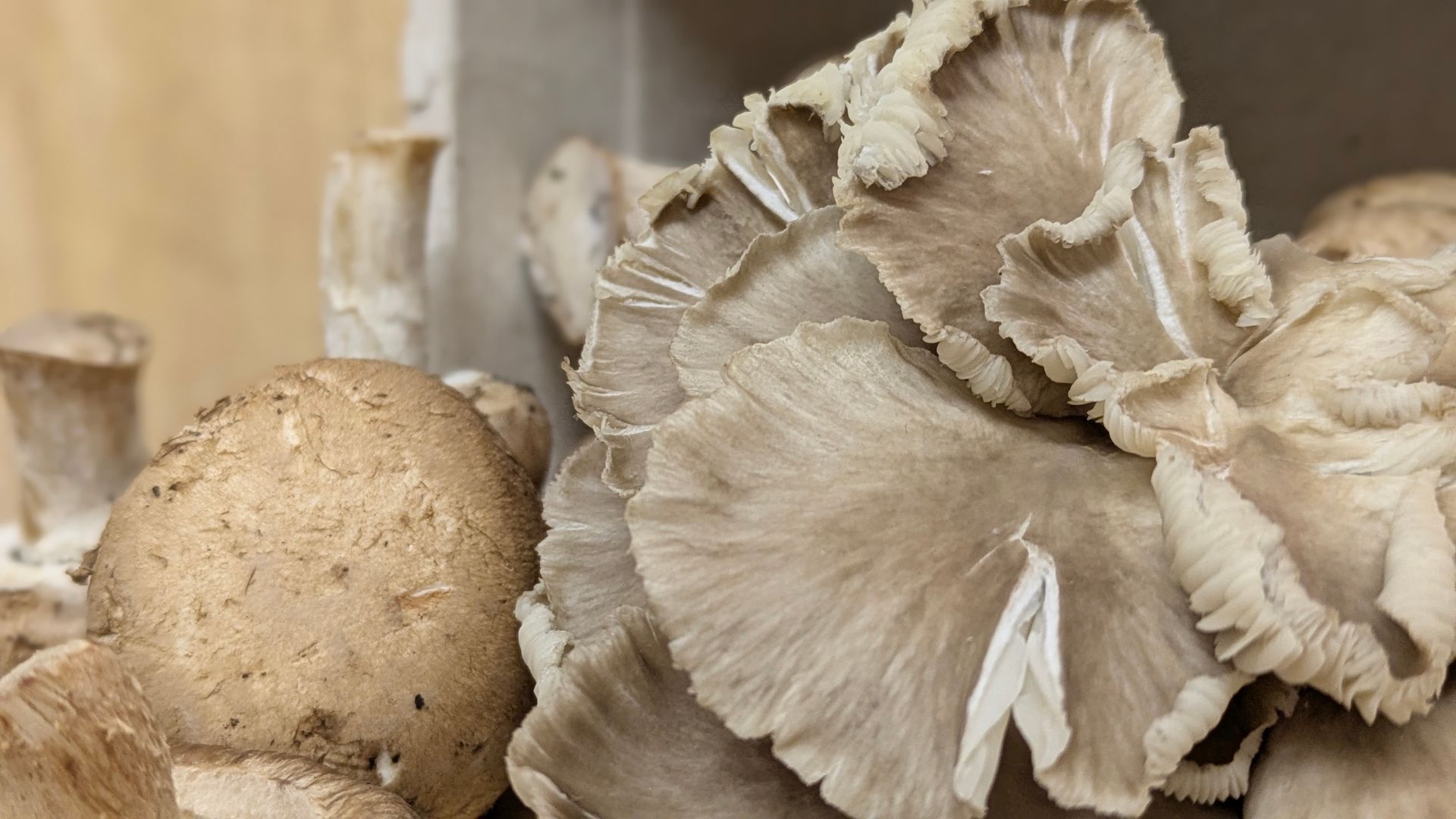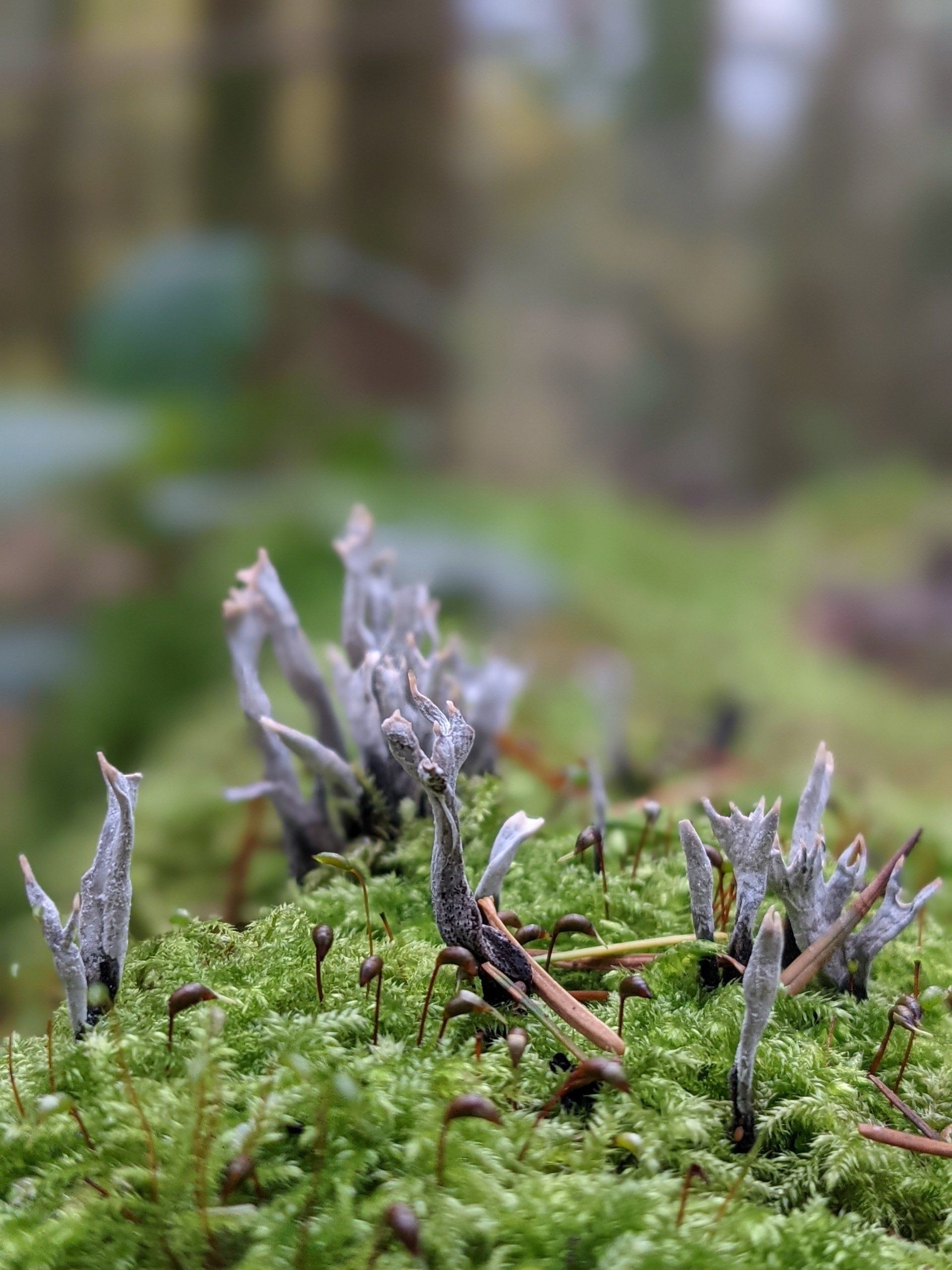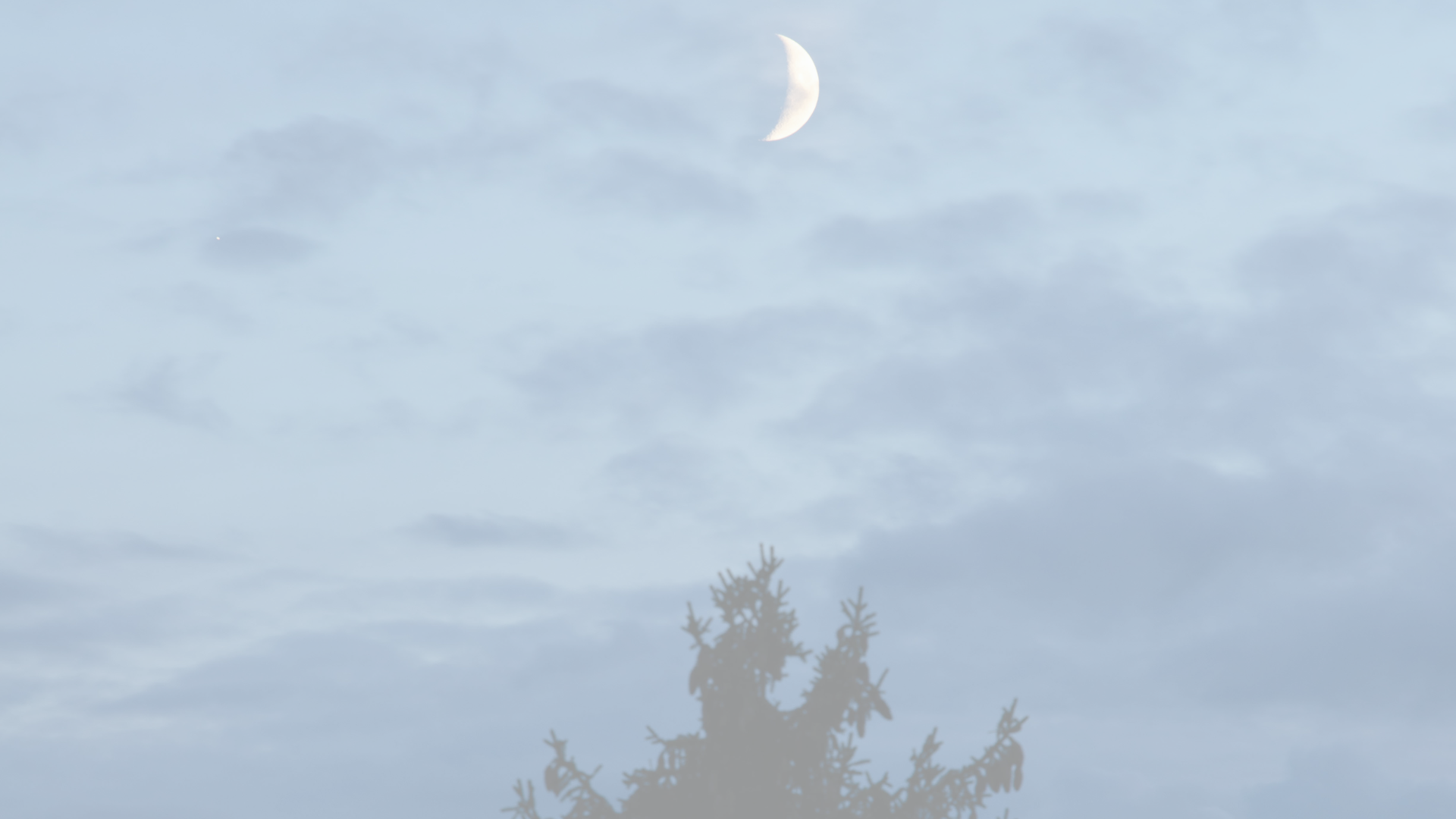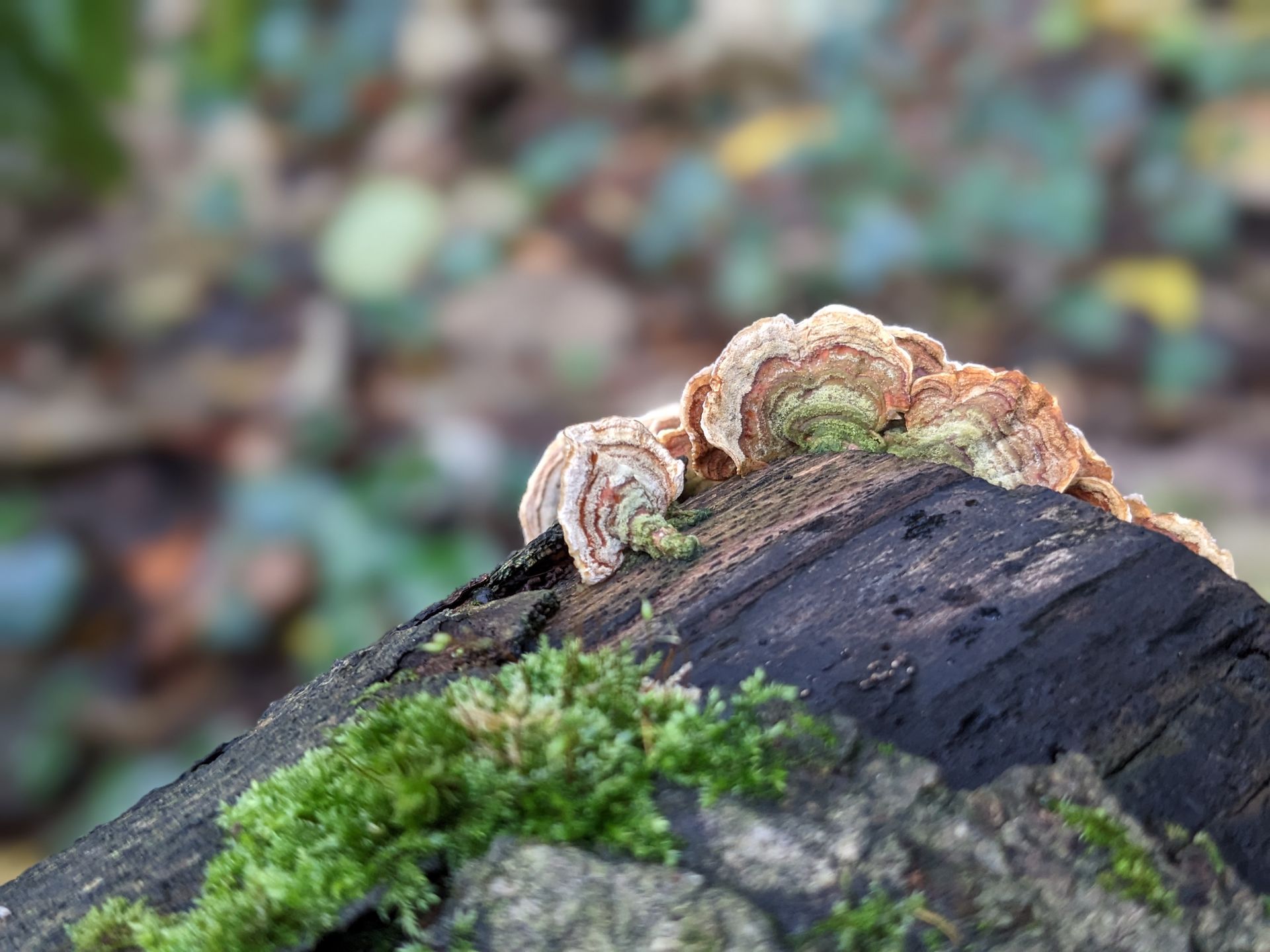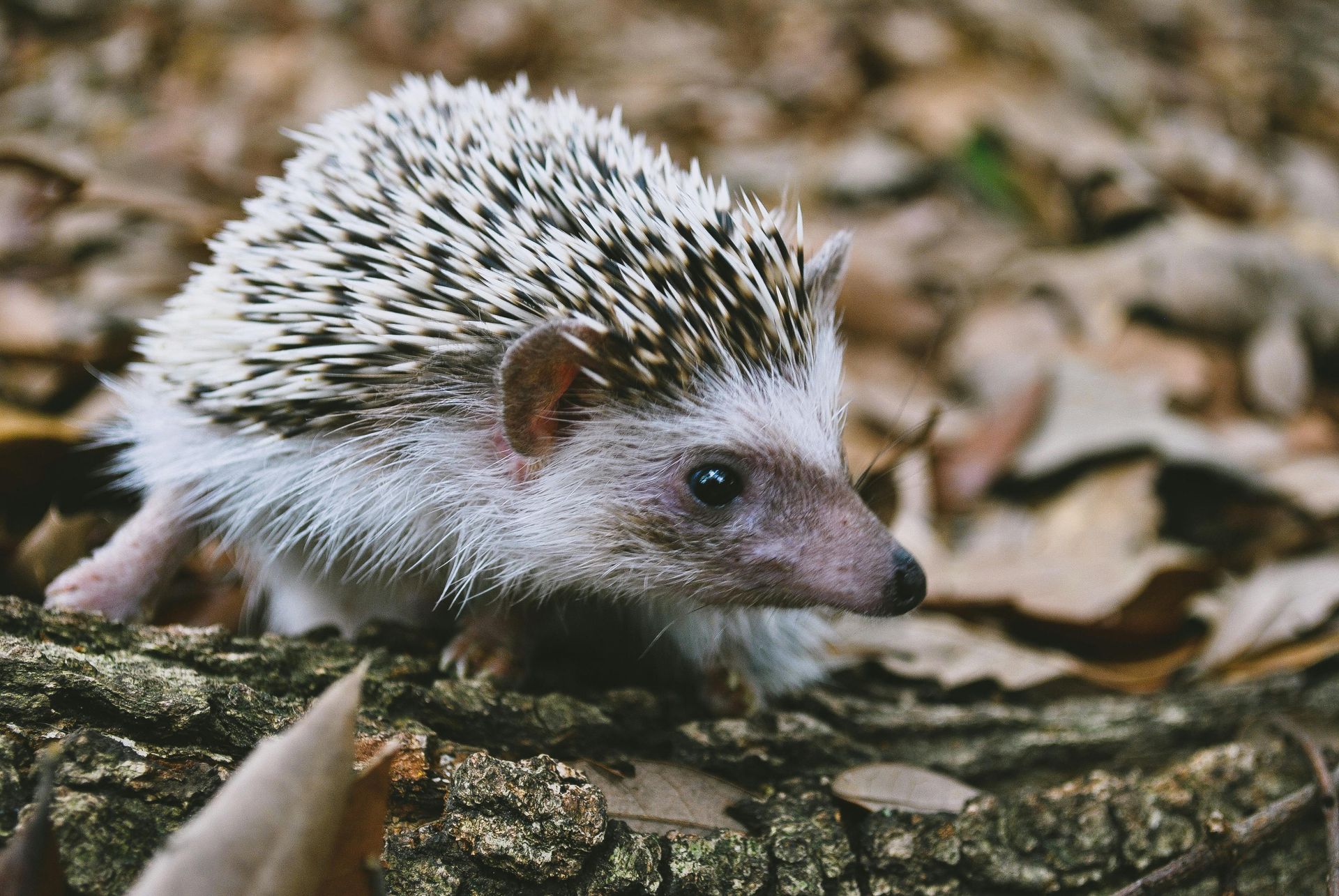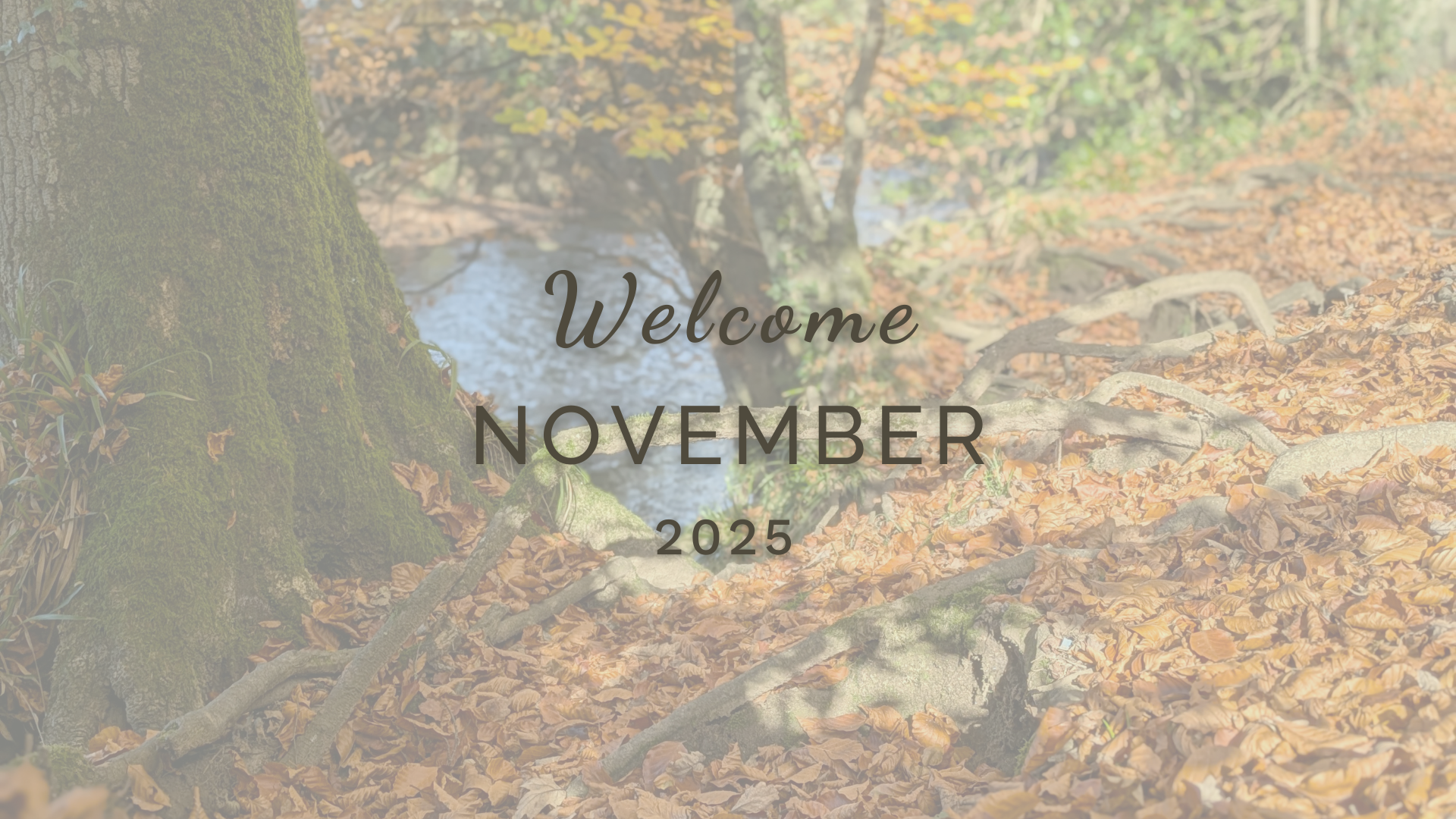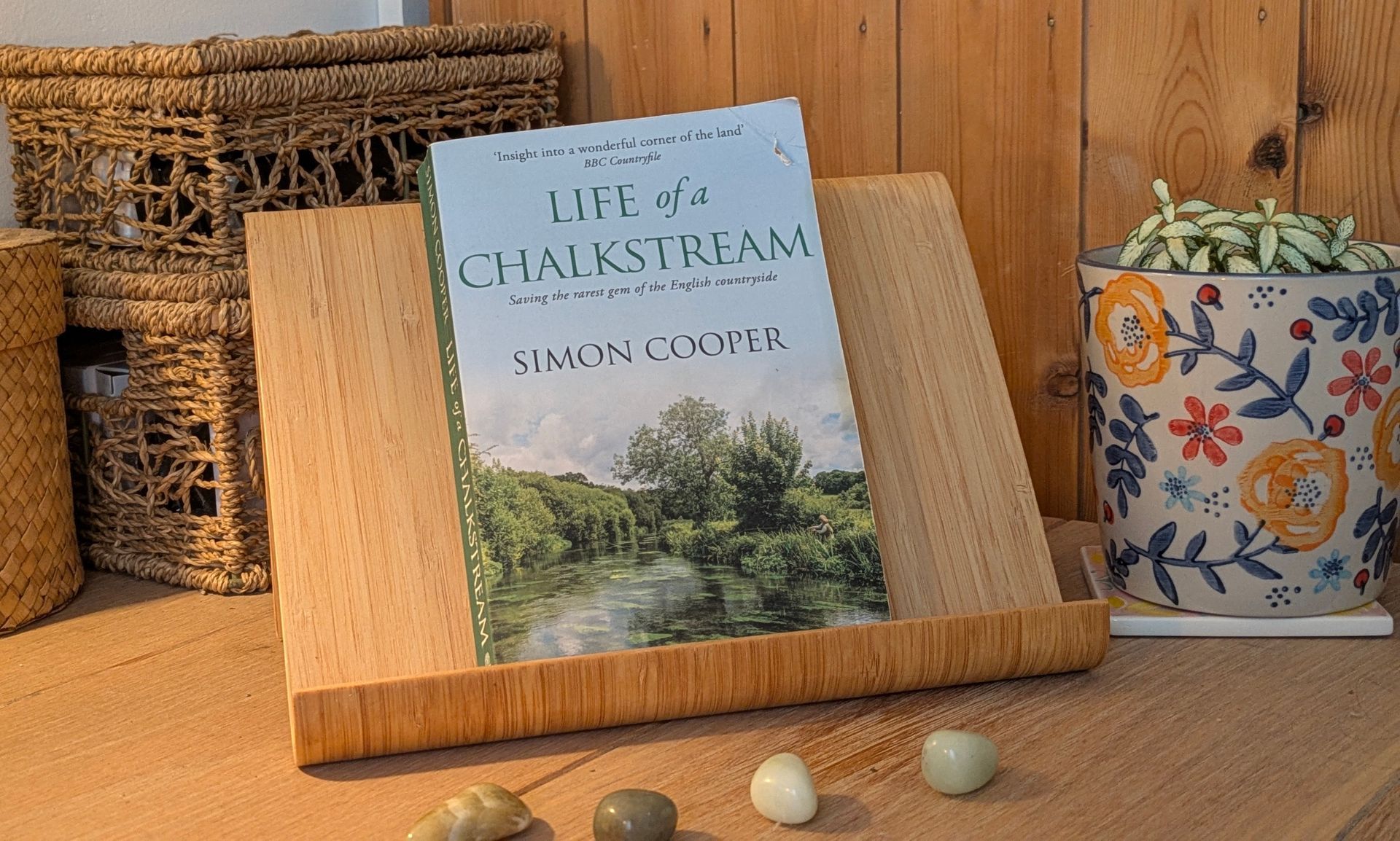A Healing Herb (Lavender)
Magical properties for stimulating, calming, uplifting, cleansing and relaxing
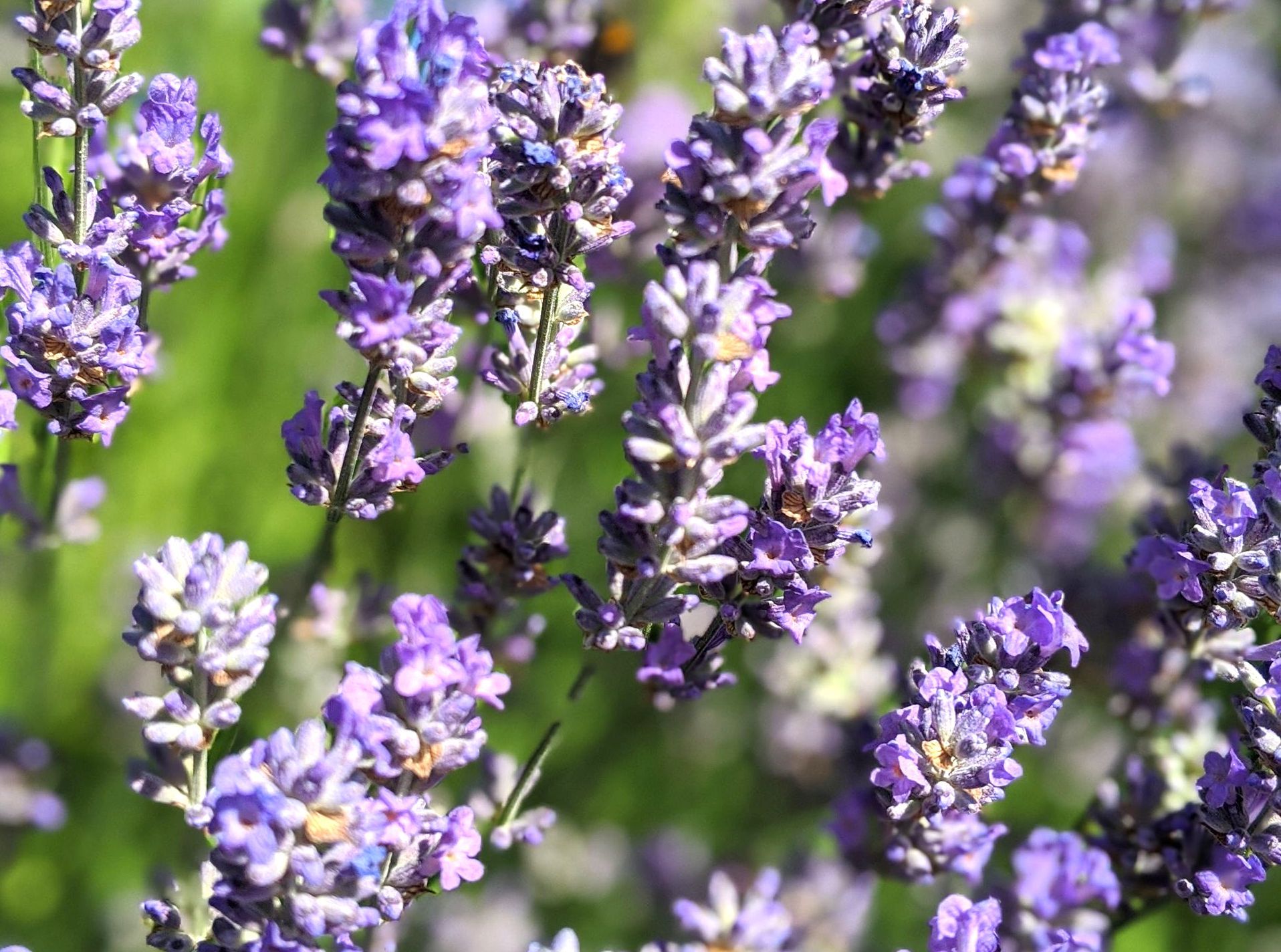
A Healing Herb Guide
Lavender is the fifteenth herb to feature in my Healing Herb Guide.
Lavender is a widely known herb, originating from the Mediterranean, the Middle East and India, around 2500 years ago. Prior to this, the Egyptians were known to make perfumes with Lavender Oil and used it for mummification. When Tutankhamun’s tomb was opened, traces of Lavender were found with its scent still intact.
The ancient Greeks used Lavender to help cure insomnia and to calm aches and pains. The Romans scented their public bathhouses with Lavender as the name is derived from the Latin verb lavare which means to wash. It was believed to have healing qualities, and appears in many historical recipes for antiseptics, ointments and remedy for the plague, as well as for aiding sleep.
Lavender plants are small evergreen shrubs with branching stems, long grey-green leaves and tall flowering shoots. The leaves can be simple or pinnate, and the flowers can be lilac or blue in colour. It belongs to the Mint family and its strong scent is derived from oil glands on the trichomes (hairs) on the flowers, leaves and stems of the plants.
Like many medicinal plants affecting the nervous system, Lavender is ruled by the planet Mercury. It is associated the Greek goddess Persephone, the Goddess of Spring Growth. In folklore, Lavender was believed to protect against the evil eye, inspire divinatory dreams, and afford the wearer the opportunity to see a ghost.
I hope you enjoy discovering the life-giving and healing benefits of Lavender - a wonderful addition to any diet with many different uses for your general good health, nourishment and wellbeing.
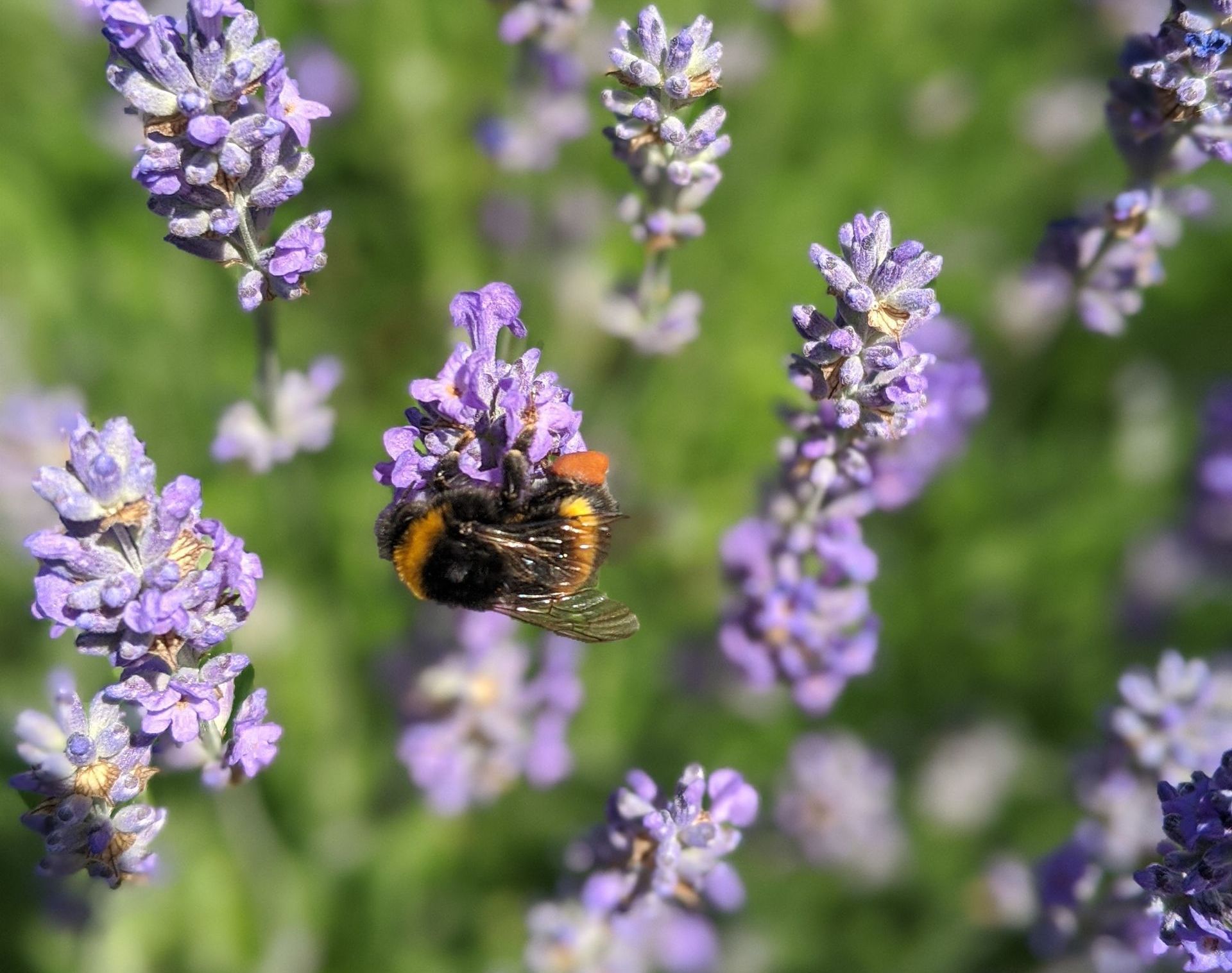
Folklore
It is no surprise that the Latin word, lavendula, means to wash, explaining the ancient purpose of this remarkable aromatic herb.
The Greeks, Romans and Carthaginians used Lavender in their bath water for its strong heavenly scent and therapeutic properties. In the early Middle Ages, washer-women were known as Lavenders, due to their practice of spreading clothes to dry on lavender bushes so that the flowers would scent the clean clothes as they dried in the sunshine. Dried Lavender flowers were also used for storing clothes and deterring pests.
The strong fragrance and anticeptic insect deterring properties makes Lavender a popular household herb to this day. Throughout the Middle Ages it was a common strewing herb with flowers scattered onto floors to perfume the air and keep down dust and pests.
Many cultures associate Lavender with the divine feminine. In Greek mythology, it is believed to represent a gift from Artemis, the Goddess of the Hunt, thus symbolising purity, protection and transformation of the soul.
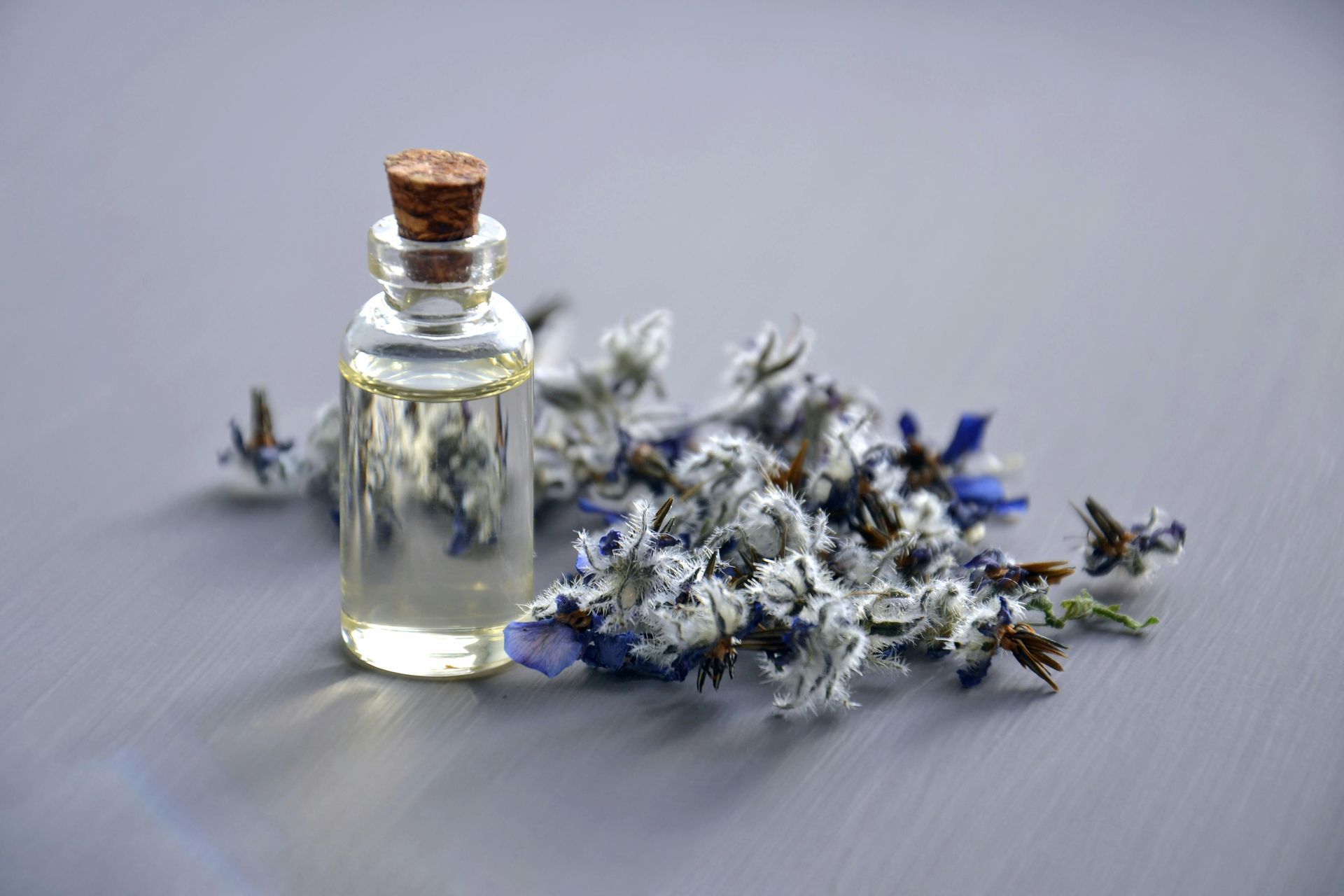
Nutrition
While there is not much to say about the nutritional value of Lavender, there is much to say about it's healing and health benefits as an Essential Oil (see next section).
Lavender is fairly high in Vitamin A, calcium and iron, and is renowned for its calming properties. This makes it a popular choice for reducing anxiety and stress. Drinking Lavender Herbal Tea with its inifused natural fragrant can help promote relaxation and improve overall mood.
Lavender extract adds colour and flavour to baking recipes, desserts, sorberts and ice creams. The flowers can be crystallised for a special decorative garnish (see below).
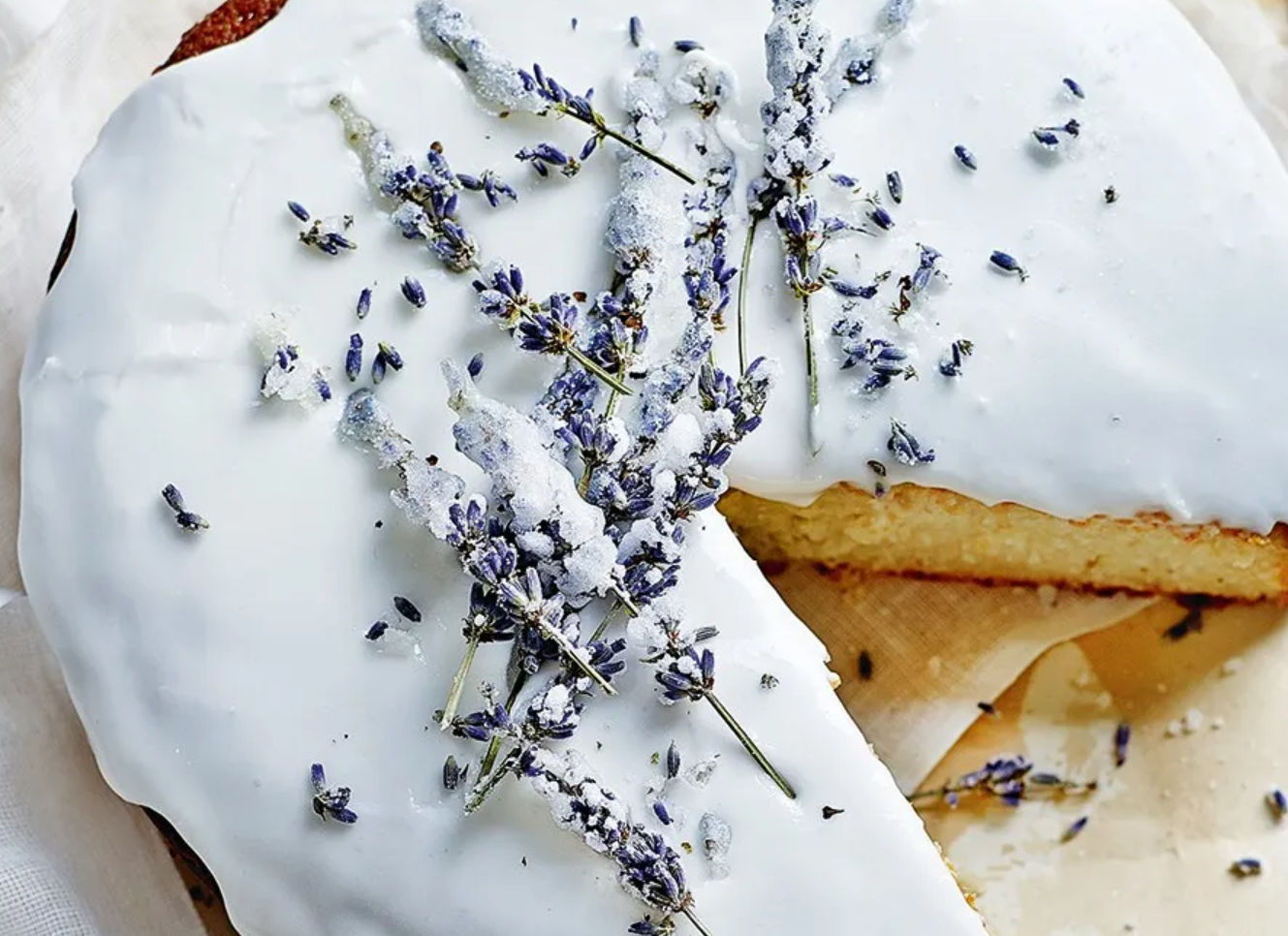
Remedies
For a restful night's sleep
Lavender is known for its calming scent and the benefits of using Lavender-infused essential oil before going to bed in the form of aromatherapy or natural oil body massage. Lavender has been proven to improve melatonin levels, supporting a more restful night’s rest.
For a more uplifting mood
Lavender is known for its ability to calm your nervous system, lift your mood and lower blood pressure. This can be done by simply breathing in the scent or by using an essential oil diffuser to disperse it around the room. Lavender Essential Oil contains important compounds such as linalool, which help to reduce anxiety and lower blood pressure.
For a clean environment
Lavender can be used as a natural cleaner as it contains natural antiseptic. It was once used to clean hospital wards and is still used for its antimicrobial and antiviral properties.
- Combine a 1:1 solution of white vinegar and clean water.
- Add 30-40 drops of Lavender Essential Oil to the solution.
- Pour into a spray bottle to use on any surface.
- Try adding other powerful cleansing oils such as Eucalyptus,
Cinnamon,
Rosemary,
Peppermint, Lemon and
Thyme to create your own recipe and preferred scent.
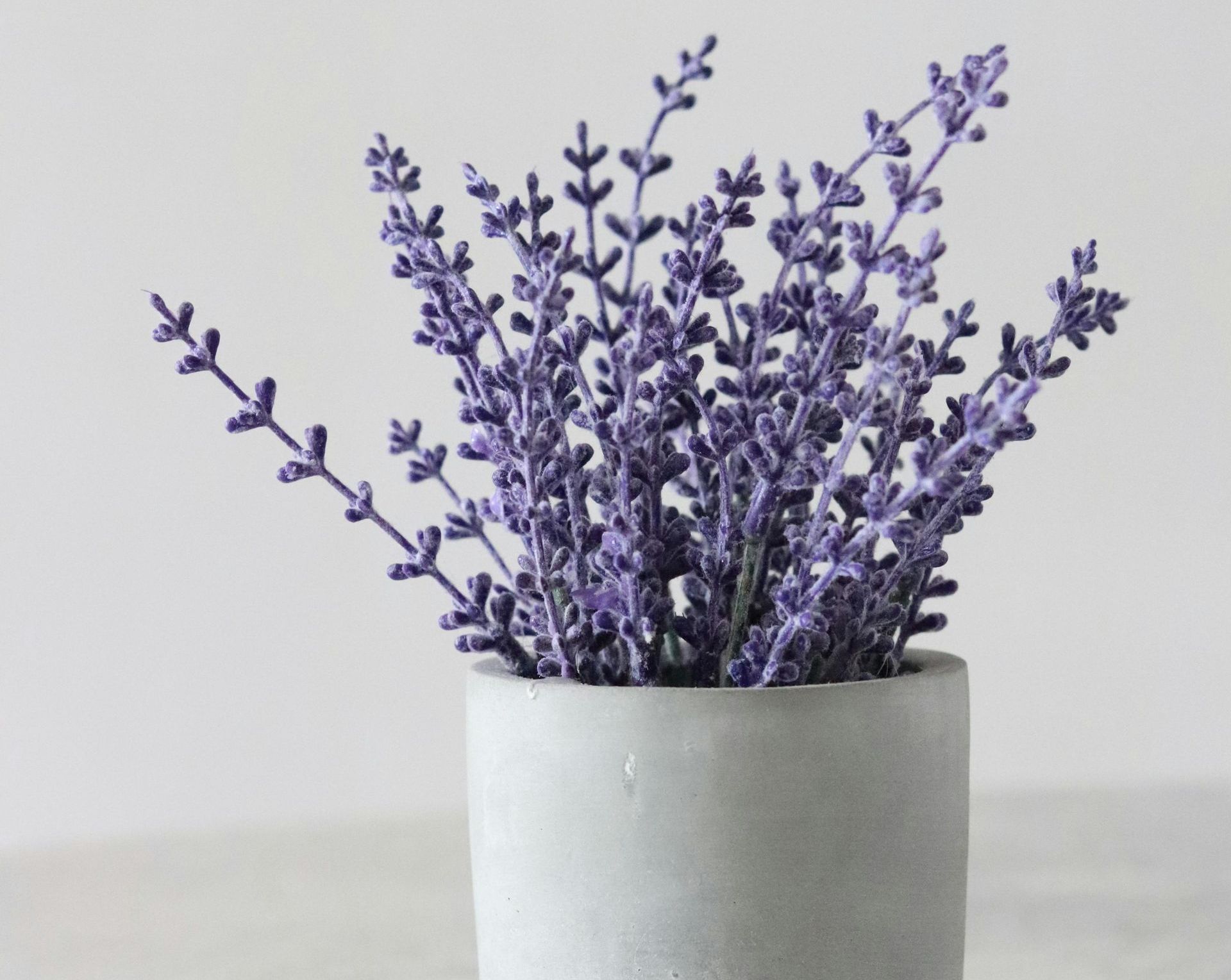
Recipes
Crystallised Lavender Flowers
Lavender can be used as a natural cleaner as it contains natural antiseptic. It was once used to clean hospital wards and is still used for its antimicrobial and antiviral properties.
- 1 large egg white
- 1/4 teaspoon filtered cold water
- 1 cup of Lavender flowers (on their stem)
- 1 cup Superfine icing sugar or cane sugar finely ground in a blender
- Cover a wire rack with parchment paper.
- Whisk the egg white and water until it starts to foam.
- Hold a stem of flowers and gently coat each flower with the egg white mixture.
- Dust with sugar and place on the paper-lined rack.
- Set the flowers aside at dry at room temperature for 12 to 36 hours.
- Gently break the flowers from their stems to sprinkle on cakes, desserts and ice creams.
- Store in a single layer in an airtight container where it is cool and dry for up to several months.
I hope you are enjoying this ongoing series of posts about the healing powers and health benefits of herbs that can be grown in any sized garden, in pots - or found growing in the wild - free to discover and free to forage for your good health.
I hope you enjoy adding Lavender to your herbal teas, baths, skin care routines and baking recipes where you can benefit from its calming, healing and decorative properties.
Much love
Sue Xx
Thank you for sharing!
for you, for me and for Mother Nature
Latest Posts
All Posts

